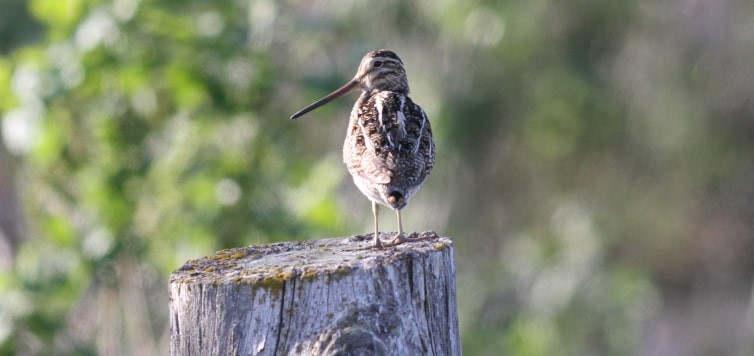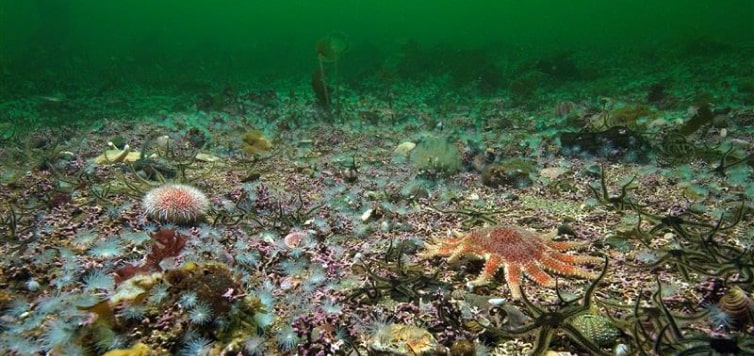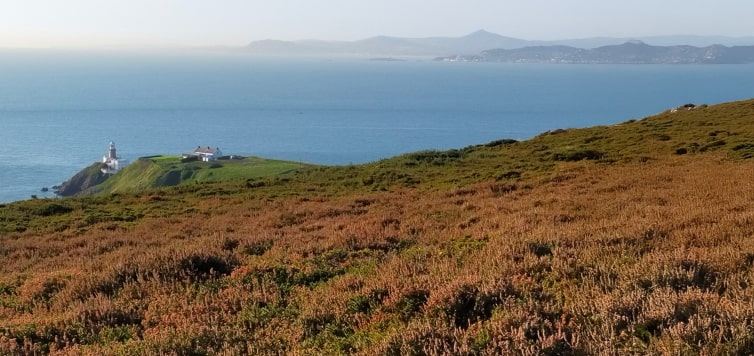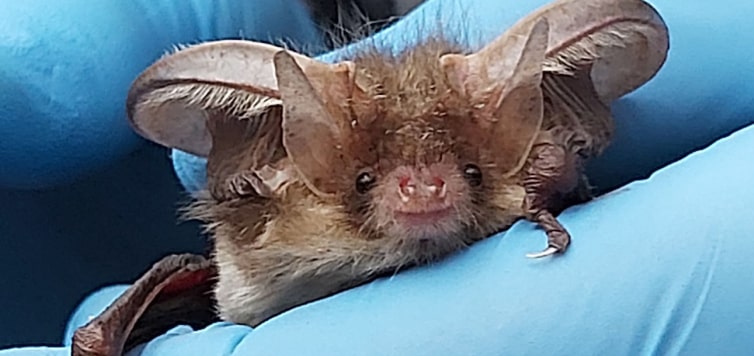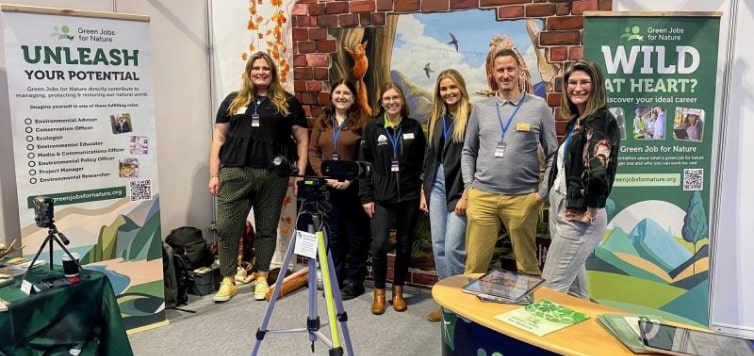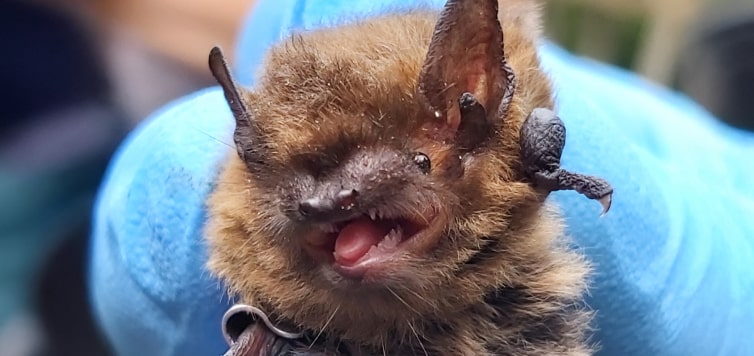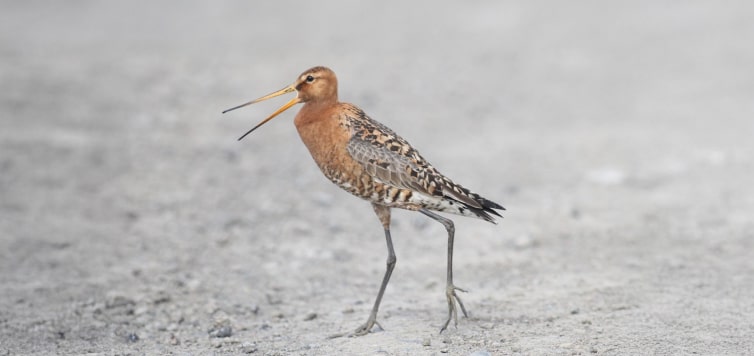While reflecting on wetlands as World Wetlands Day comes around, many people may envisage marshes, ponds, broads and lakes, as well rivers and their deltas. However, there is a type of wetland that is often overlooked – floodplain meadows. These grasslands, redolent with wildflowers, insects and birds, are iconic in the UK, immortalised through time by artists like John Constable.
Blog
In 2024, we tackled exciting conservation projects, from bat surveys to marine strategy support, and welcomed Dr. Lissa Batey as Senior Marine Ecologist. In 2025, we’re diving into new ventures like seabed carbon studies. Discover more highlights and plans on our blog!
In November, Helen Walsh, our Design and Publications Manager, attended the 20th Communicate conference, focusing on communications in science, conservation, and ecology, with topics like messaging, change motivators, and diversity. She joined online over three days.
Amid global climate and biodiversity crises, world leaders gathered for COP16 from 21/10-2/11 in Cali, Colombia. While there were some small wins, many were disappointed by the lack of progress. In her latest blog, Senior Marine Ecologist Dr. Lissa Batey examines COP16's outcomes.
As the cold weather sets in and food sources become scarce, wildlife must adapt to survive. In her latest blog, Terrestrial Ecologist Kristina Wood explores the winter habits of bats and bees, highlighting survival strategies and offering advice on how we can support them.
Our Marine Ecologist, Athena Allen, attended the National School and College Leavers Festival at Birmingham NEC, inspiring students about green careers with CIEEM, Royal HaskoningDHV, and National Parks UK. Over 20,000 students attended. Read about her experience in her latest blog.
As bat survey season ends and bats seek hibernation spots, shops fill with bat-themed items, highlighting their spooky Halloween association. In her blog, Kristina explores myths surrounding bats, their vital ecological role, and why they’re linked to Halloween despite being present year-round in UK skies.
Around 90 million birds migrate from Northern Europe and the Arctic to Africa via the East Atlantic Flyway. Sadly, many migratory bird populations are rapidly declining. NatureBureau is actively working with the East Atlantic Flyway Initiative to address these threats, build capacity, and promote vital global conservation efforts.

